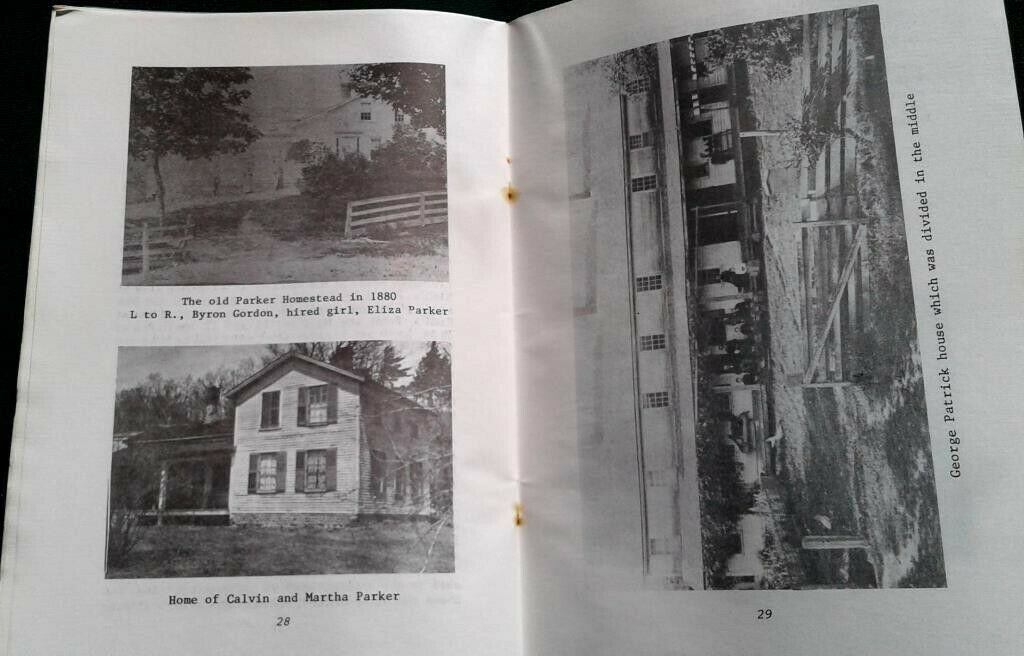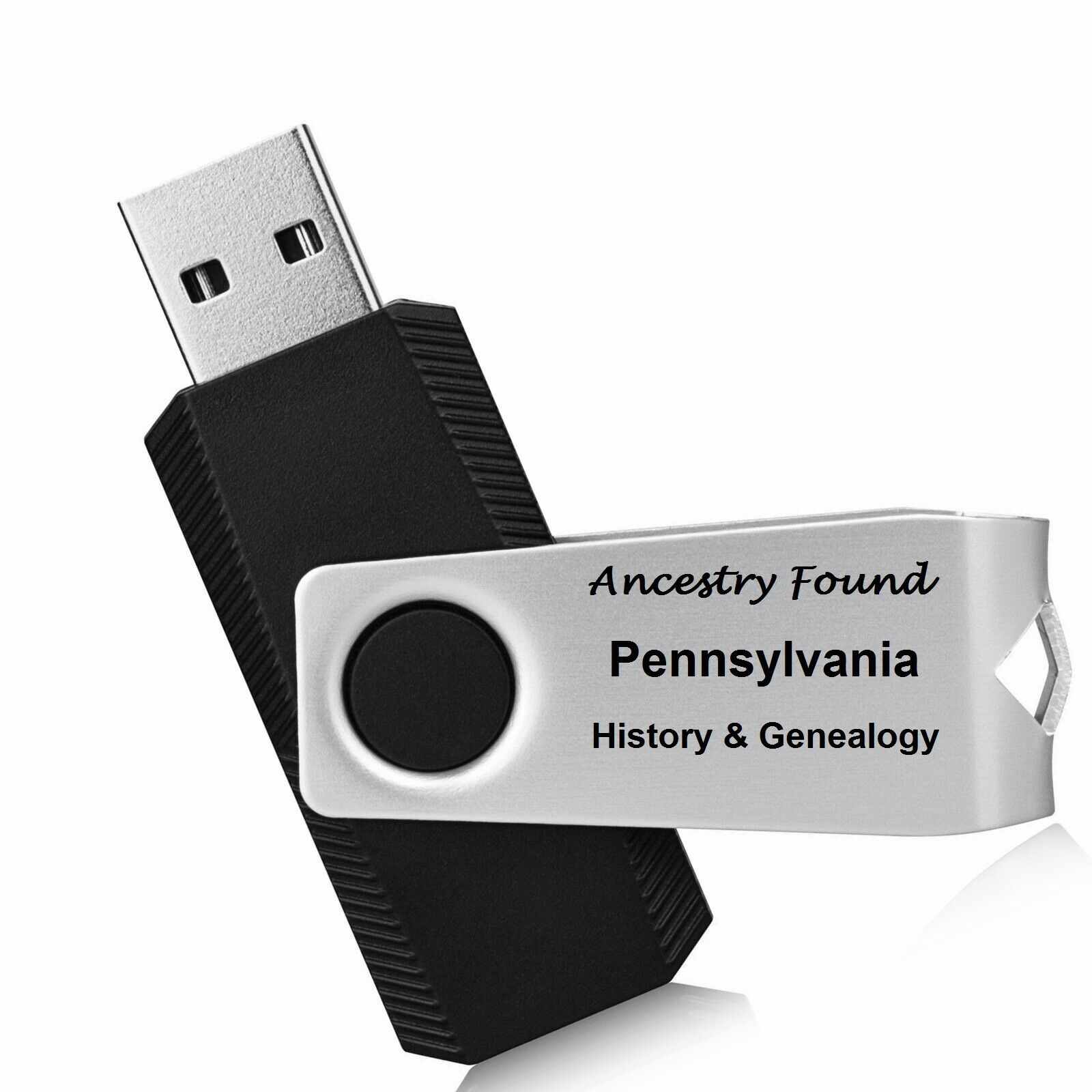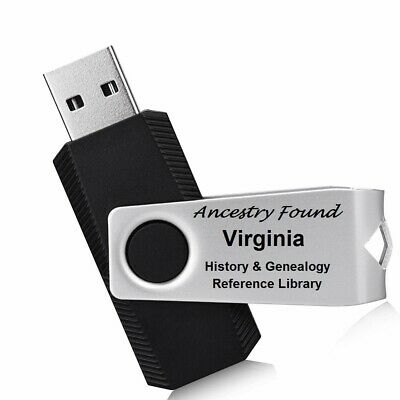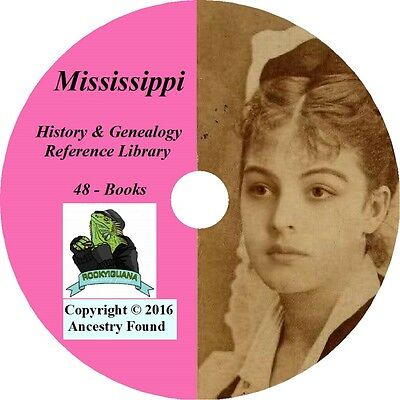-40%
GIBSONVILLE NY~VANISHED VILLAGE WNY LETCHWORTH PARK ORIG BKLET INDIANS M JEMISON
$ 2.64
- Description
- Size Guide
Description
GIBSONVILLE NY~VANISHED VILLAGE WNY LETCHWORTH PARK ORIG BKLET INDIANS MARY JEMISON~ This Is an OUT PRINT Booklet PRIVATE Printed in 1975 By Private Publisher From Dalton NY.. Near Castile NY and The Famed LETCHWORTH STATE PARK Western NY This Printer is Long Ago Out Business, I Had Opportunity To Attend This Estate Auction Of PAPER Historical Collector Booklets and Paper Material That was Printed By This Private Pub Man` I Attened this in 1990s ` This Booklet was Published Called GIBSONVILLE The Vanished Village Of West. NY Was a Part Of The LETCHWORTH STATE Park,, This Small Village was Founded in Early Days Of W NY in 1790s By The British,, and Indians Of The Area.. They Brought The Famed Mary Jemison White Woman Of the Genesee~ To This Place to Live from The Pa. NJ area,Her House and Her Remains were Moved the the Park Area where There is an Orig Log Cabin where was Her residence and is Buried There..., This Village In Now a Ghost Town Just Part Of The Buildings or Parts Remain..From The Small Town It Once was.. THESE Booklets are Illus with Pictures.. UNCUT some pages as came from the Printer.some rusting of staples Inside TIGHT Clean However. Once these are GONE wont Be any More available.. I Bought What was available. BELOW Is a HISTORY OF GIBSONVILLE I OBTAINED Off the Internet...THANKS For Looking HISTORIC WESTERN NY HISTORY.. GENESEE RIVER..Ghost Town Indian History~~ Western New York~~.As you drive north from the High banks Camping, you will pass a marker for a place called Gibsonville. There is not much there now, but it is a place with a colorful past, for it is one of the Park's two "Vanished Villages".
Ebenezer Allan, or Indian Allen,as he was commonly called was reputed to be "a man of bad character, one of the Tories of the revolution, and cunning as well as wicked." Thus Mildred Anderson quotes Doty's History as she begins her booklet giving the history of Gibsonville. Her well illustrated work ascribed the name"vanished village" and it has remained in recent times to refer to the settlement whose first settler, in the 1790's, was apparently the infamous Indian Allan hiding from the Indians and New Jersey authorities who sought him because of crimes.
A more permanent resident was Henry B. Gibson, hence the name, and the water power from the creek was the motivation for Allan and those that came after him. (Today trail 19 explores the vicinity of the village) Mrs. Anderson writes that the village consisted of16 houses, a store, post office, blacksmith shop, schoolhouse and grist mill. In the 1840's the grist mill was converted to a paper mill which made fine paper using remnant rags from the Perry knitting mills. The mill burned in l894 and was not rebuilt.
The village gradually faded from the records and was finally gone by the time the land was acquired as part of the park. In 1933 the area was occupied by a CCC Camp with numerous buildings to house the corps members. The landscape was changed markedly by road and bridge construction and today the remaining evidence of Gibsonville is the chimney of the CCC dining hall and, a short distance south, one remaining residence that houses the Camping Area Caretaker at the Perry Entrance. This is known as the "Little Dyke House" for one of the families still in residence when the State acquired the land for park purposes.
Gibsonville lives on in memory and as a landmark in the Park. THANKS! LIMITED AMT Have ONLY 8 Copies Available~ Padded with Care USPS Media Tracked Ebay~Roger~Genesee-Country Books~~














